Highlights from the 2022 BP Statistical Review
R-Squared Energy
JULY 13, 2022
Fossil fuels accounted for 82% of primary energy use last year, essentially the same as in 2020, but down from 83% in 2019 and 85% five years ago. The remaining share of primary energy use consisted of hydroelectric power (6.8%), renewables (6.7%), and nuclear power (4.3%). in 2020, nearly reaching 2014 levels.


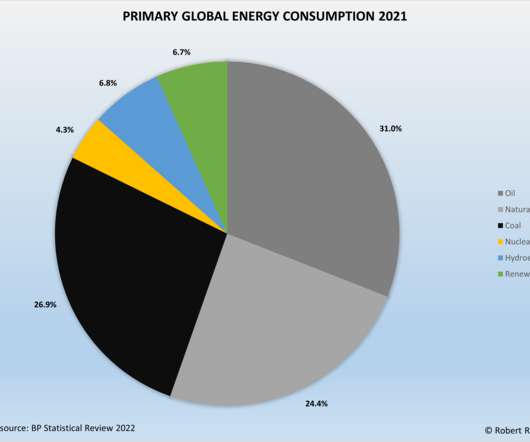
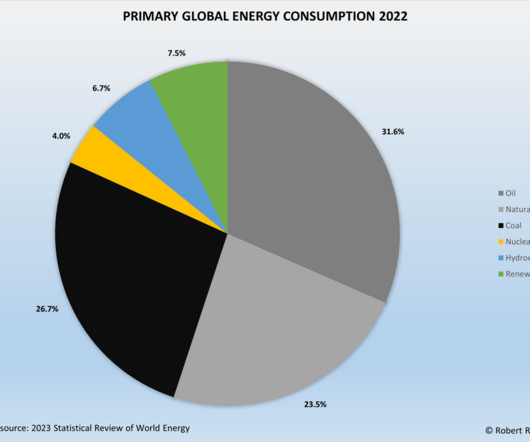

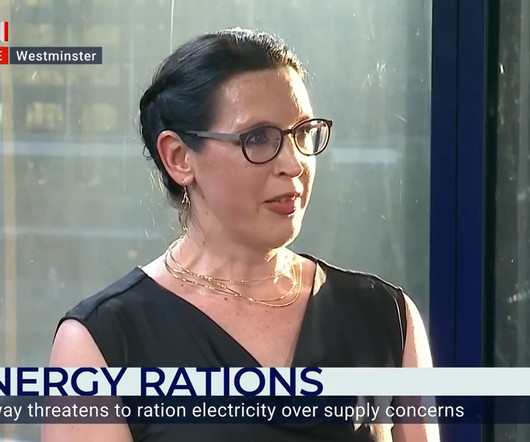

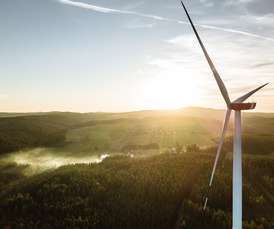
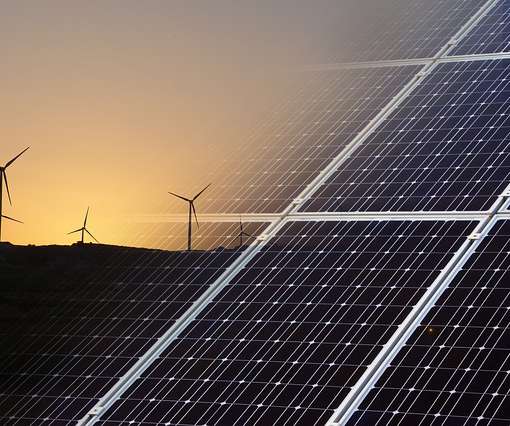








Let's personalize your content